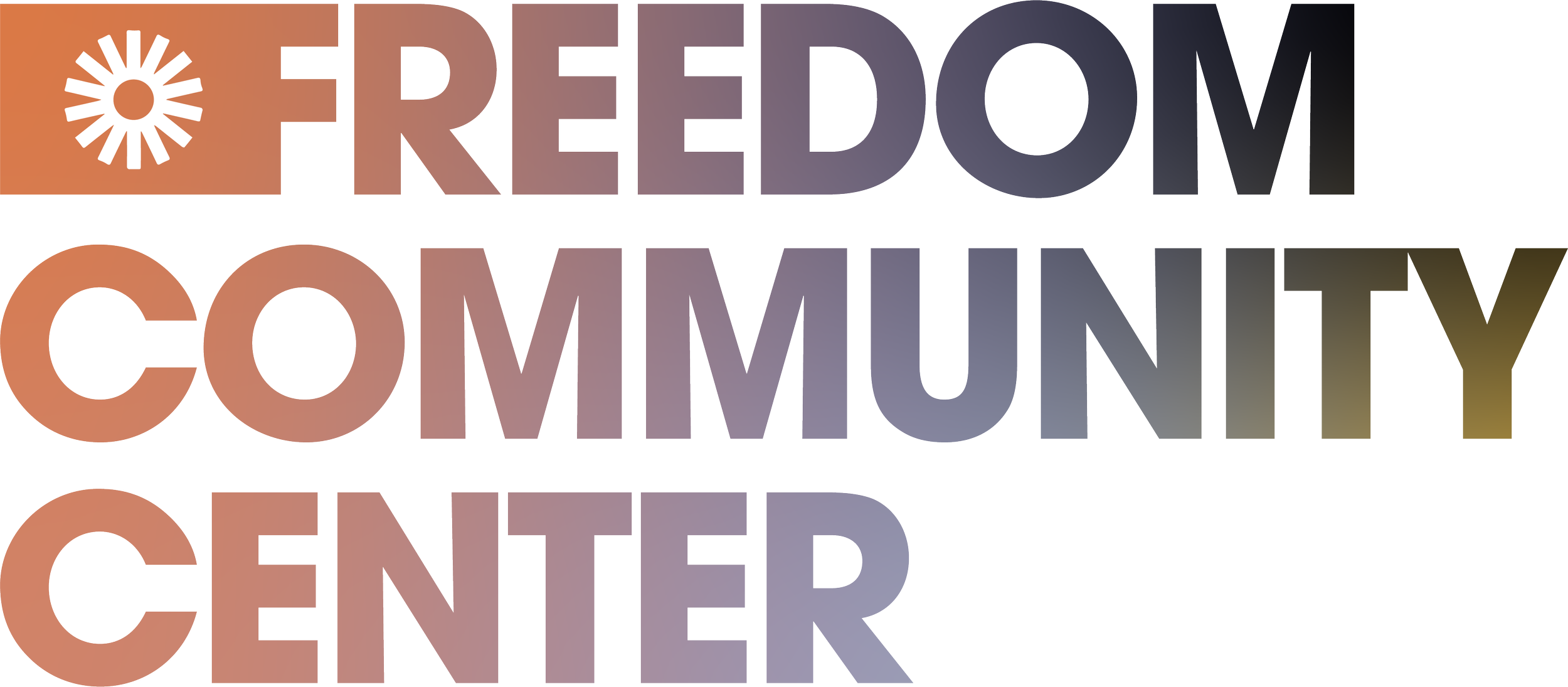
DEMAND 5
TOWARDS HEALTH
Sheriffs Should Advocate for Alternative Emergency Responses for Mental Health and Substance Use Crises
The Issue
Alternative emergency responses acknowledge that a person’s struggles are not criminal activity. Mental illness, substance use, housing insecurity, and interpersonal strife are all examples of issues that could be better addressed without arrest and prosecution. Considering this, alternative responses have developed throughout the country to find a better way to mitigate harm and produce better outcomes.
Alternative response models rely on trained, unarmed personnel instead of sheriffs, police, or emergency medical responders to ensure a person in distress receives the care they need without the risk of escalation or involvement of criminal courts. These programs allow law enforcement to focus their resources on other matters and make it more likely people receive appropriate treatment and resources. In sum, these programs can reduce unnecessary detainment and court contact and get people the help or intervention they need.
Why It Matters
When sheriffs are tasked with responding to mental health or substance use crises, it forces deputies to make judgment calls on behaviors and conditions that they are not trained or certified to handle. Their tools for response are also often limited, and as a result, they default to arrest and incarceration, which only worsens the health issue. Tragically, the reliance on law enforcement to respond to people in distress has led to numerous deaths at the hands of law enforcement, making the alternative an important way to reduce police shootings.
Relying instead on people and organizations with the expertise, resources, and infrastructure to respond to mental health and substance use crises greatly reduces harm, saves money, and moves communities toward true public safety.
Communities across the country show these alternative response programs are not only possible, but effective. One of the most established programs is CAHOOTS, in Eugene, Oregon, which has been sending pairs of crisis workers in response to 911 and non-emergency calls involving a behavioral health crisis. In 2019, CAHOOTS responded to 24,000 calls and only needed police backup for 311 of them. This data indicates that many calls that would otherwise result in a law enforcement response can be handled instead by unarmed, trained clinicians, social workers, medics, or peer navigators.
What’s Possible
How We Get There
Sheriffs should push their counties to establish a non-emergency phone line for people to use when someone is having a mental health, substance, or housing crisis.
Local governments have begun establishing alternative phone lines for people to call when they are looking for help with a mental health crisis, a drug overdose, or a housing concern. Sheriffs should push their counties to do the same, which will reduce community reliance on 911 and law enforcement when seeking help with these issues.
Sheriffs should support the reallocation of resources to community-based systems of health and substance use treatment.
To ensure that there are people who can respond to mental health and substance use crises, sheriffs should reduce their patrol and emergency response budgets and explicitly request that local governments invest those funds in non-law enforcement responses. Increasing funds for non-carceral mental health care and substance use treatment will lead to further savings in sheriff budgets as fewer people struggling with such issues will be incarcerated in the jail.
Davidson County Sheriff Daron Hall advocated in 2020 for shift in funding to address mental health needs: “Reallocating resources and building a community-based mental health system will not only save those who suffer from mental illness, but will also allow sheriffs, police, district attorneys, courts, and others to focus on more appropriate matters.” In his community, he took money that was designated for a new jail and used it to build the Behavior Care Center instead, a mental health hospital in Nashville.







